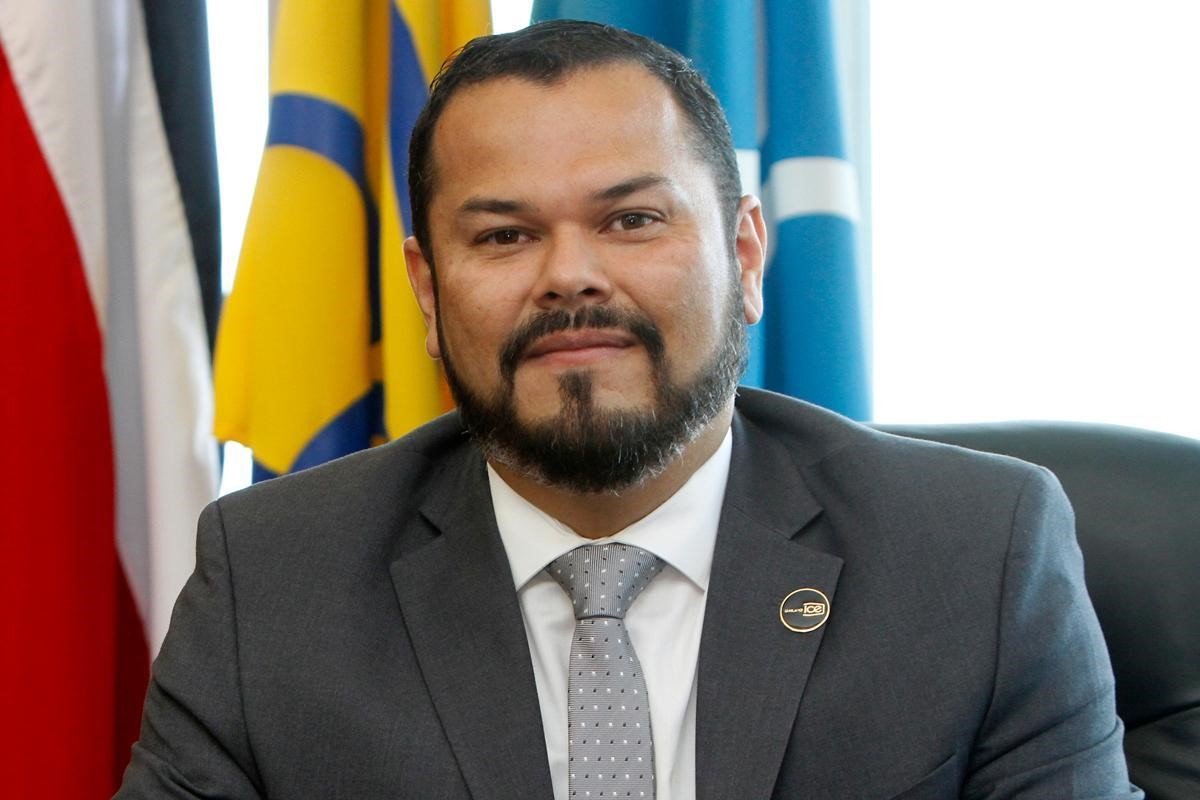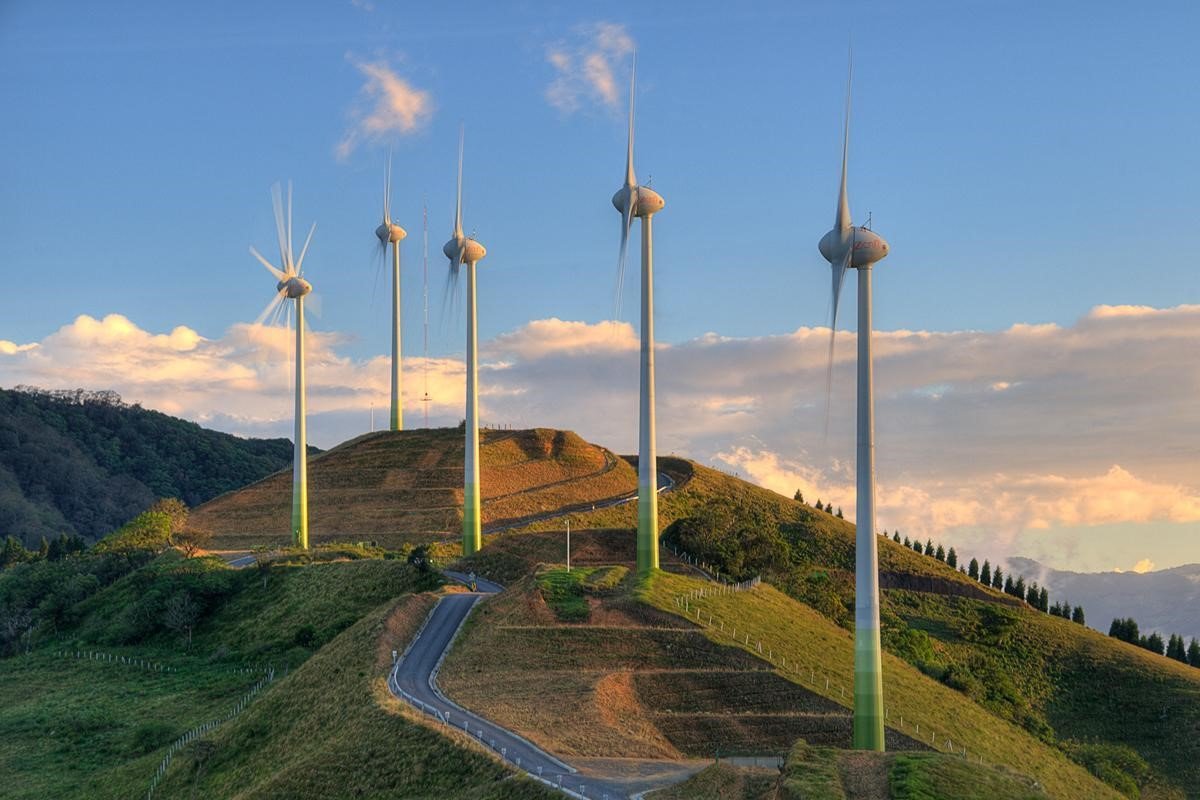A Role Model for Sustainability
Marco Acuña Mora, the executive president of Grupo ICE, explains how Costa Rica created a robust, 99 percent renewable electricity system.

Vertically integrated Grupo ICE is the dominant force in Costa Rica's electricity sector. With extensive operations in power generation, transmission and distribution, it supplies the nation with almost 78 percent of its electricity. The state-owned group is also the country's incumbent player and market leader in telecommunication services. In the following interview, which took place in San José, Costa Rica's capital city, ICE's executive president Marco Acuña Mora revealed the group's crucial role in Costa Rica's sustainable socioeconomic development.
In 2022, 99.25 percent of Costa Rica's electricity came from renewable sources, and, despite the global energy crisis, the sector remained stable and prices dropped. How was this achieved?
Costa Rica has been investing in renewable energy for 70 years, so its electricity matrix is very strong in renewables. Hydropower is the main source of our electricity, followed by wind, geothermal, solar and biomass. With that mix, more than 99 percent of the country's electricity can be reliably generated from renewables. Our electricity is produced at a fixed cost, because the sources are basically free and not linked to global market fluctuations in fossil fuels. Costa Rica's independence from fossil fuels in electricity production means that we can control and manage electricity tariffs in a better way than countries that have greater dependency on fossil fuels.
In fact, we have enough natural resources to satisfy domestic demand and to export electricity to Central America. In 2021 and 2022, we exported 10 percent of our production to other countries, and those exports generate income that we distribute to our Costa Rican customers in the form of lower tariffs. Even though most of the world has been experiencing skyrocketing prices for power, we were able to reduce our electricity tariffs by more than 25 percent last year. That benefits not only households but also businesses, including exporters, as it gives them an advantage over competitors based in countries with higher electricity costs.
ICE operates a strong network of 40 electricity generation plants, plus state-of-the-art transmission and distribution systems. Is the group intending to make any further investments in this infrastructure in the near future?
Right now, we're focusing on ensuring that ICE increases the reliability of the power system for the coming years in order to guarantee a platform that can handle an expanding amount of renewable energy. Our systems need to incorporate more renewables because the country's big goal is to electrify the economy. ICE is currently planning the investments required to make that happen on the generation and demand sides, as well as in our transmission and distribution systems. Electrification of the economy will only be possible if we boost our efficiency and invest in the digitalization of our processes and operations.
Another big goal is to improve electricity services in rural regions outside of Costa Rica's Central Valley to help attract investment to those areas and to create more opportunities for the people and companies based in them. We also have plans for expanding our capacity for cross-border electricity transmission in the northern parts of the country and connecting to Nicaragua. We're investing in our own country and in regional projects through Empresa Proprietaria de la Red (EPR), a company owned by Central American countries that oversees the interconnection of six national power grids.
Following the German government's donation of some electric buses to ICE in November 2022, the group announced it was developing the country's first dedicated route for buses powered by the grid. Can you tell us more about the group's efforts to encourage the spread of electromobility and to electrify the wider economy?
We received the buses two years ago and lent them to public transport operators for testing on urban routes. The feedback was amazing: People loved them, and they resulted in an energy cost reduction of over 80 percent in comparison to buses powered by fossil fuels. Because their operating expenses are so much lower, other operators are now interested in using them. We're working on a business model for leasing electric buses to operators, and we're trying to raise funds for buying more vehicles from multilateral institutions.

That is what ICE does: We introduce technology for the use of the country. In 2018, for instance, when electric cars were starting to be adopted around the world, ICE bought 100 of them to give people confidence in the technology, and today that market is moving swiftly. Similarly, traditional boilers consume a lot of fossil fuel, and so we've been very proactive in bringing various electric boiler manufacturers to the country and linking them to business owners and public institutions. Overall, ICE promotes technology change, but those technologies have to be aligned with renewable energy use, sustainability and social inclusion. You can see that approach in all of ICE's activities.
ICE is also at the forefront of advancing fixed and mobile communication technologies in Costa Rica. For example, as a result of its continued development of satellite platforms, submarine cables and fiber optics, the group's Kölbi mobile network—which boasts a market share of around 41 percent—provides users with the highest coverage and speeds in the country, according to the national telecoms regulator Sutel. In 2022, ICE received a $300-million line of credit from the U.S.'s export bank EXIM that will be spent on 5G implementation. Why are you making this substantial investment?
Costa Rica's telecommunications market is a rare one, in that the public telecom company remains dominant, even though the market was opened up over a decade ago. We were the first with 4G and fiber optics, and we want to be first with 5G deployment. We need to make sure that the country has the best telecom network in the region because that's vital for Costa Rica's competitiveness: You don't have an advantage if you don't have great connectivity to the rest of the world. In this area, ICE has an end-to-end vision for giving the country a competitive edge to attract foreign investment, but also to reduce the country's digital access gap in indigenous communities, rural areas and remote schools, businesses, industries and agricultural enterprises.
Costa Rica has an international reputation for embracing game-changing sustainable technologies before others, particularly in the electricity sector. How has the country become a leader in this area, and could its model be adopted by others?
Visionary people began to develop our model many decades ago. Protecting our natural environment is in the Costa Rican DNA, so it's simple for us to convince our people that renewable energy solutions are the best way forward. For me, culture and education are key. From a very young age, our children are witnesses to renewable energy usage and the protection of forests, rivers, seas and wildlife. These things are ingrained in our population, which provides a platform for the easy implementation of public policies that will positively impact sustainability.
I think the Costa Rican model is replicable by other nations. However, it's not just a matter of public policy implementation—they have to include culture and education to generate the kind of results we do. If a population doesn't care about nature and the environment, it's very difficult to expect people and businesses to follow green public policies.
Our example provides value for other countries. We have demonstrated that we can achieve results in a cost-effective way, and our ability to reduce our electricity prices, while other countries are faced with huge energy bills, is helping our economy significantly. We're showing that the energy transition is possible, but you need a clear vision, education and funding to make it happen. Once countries have those things in place and once they start to create value, their governments will recognize that it's worth it.


